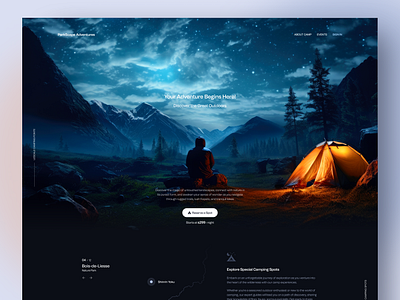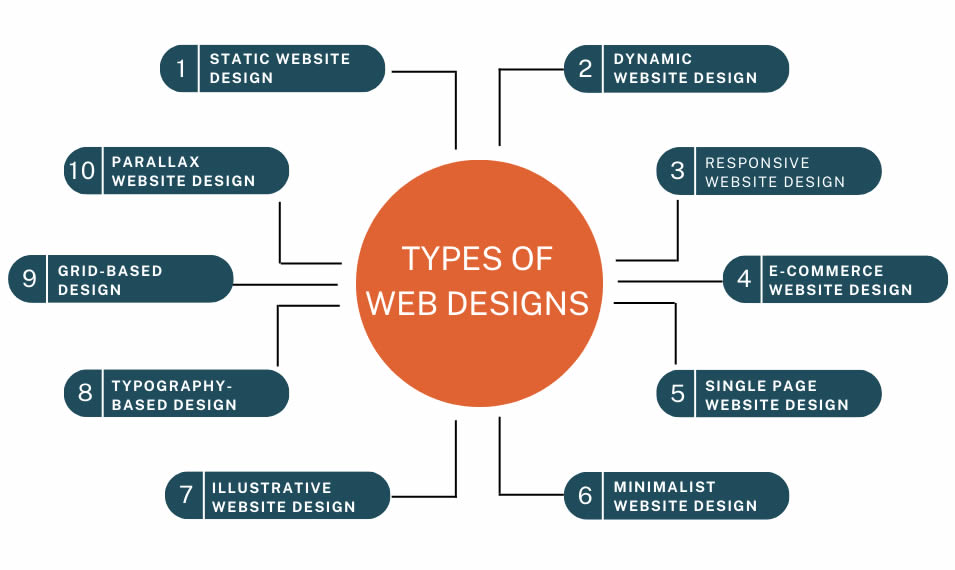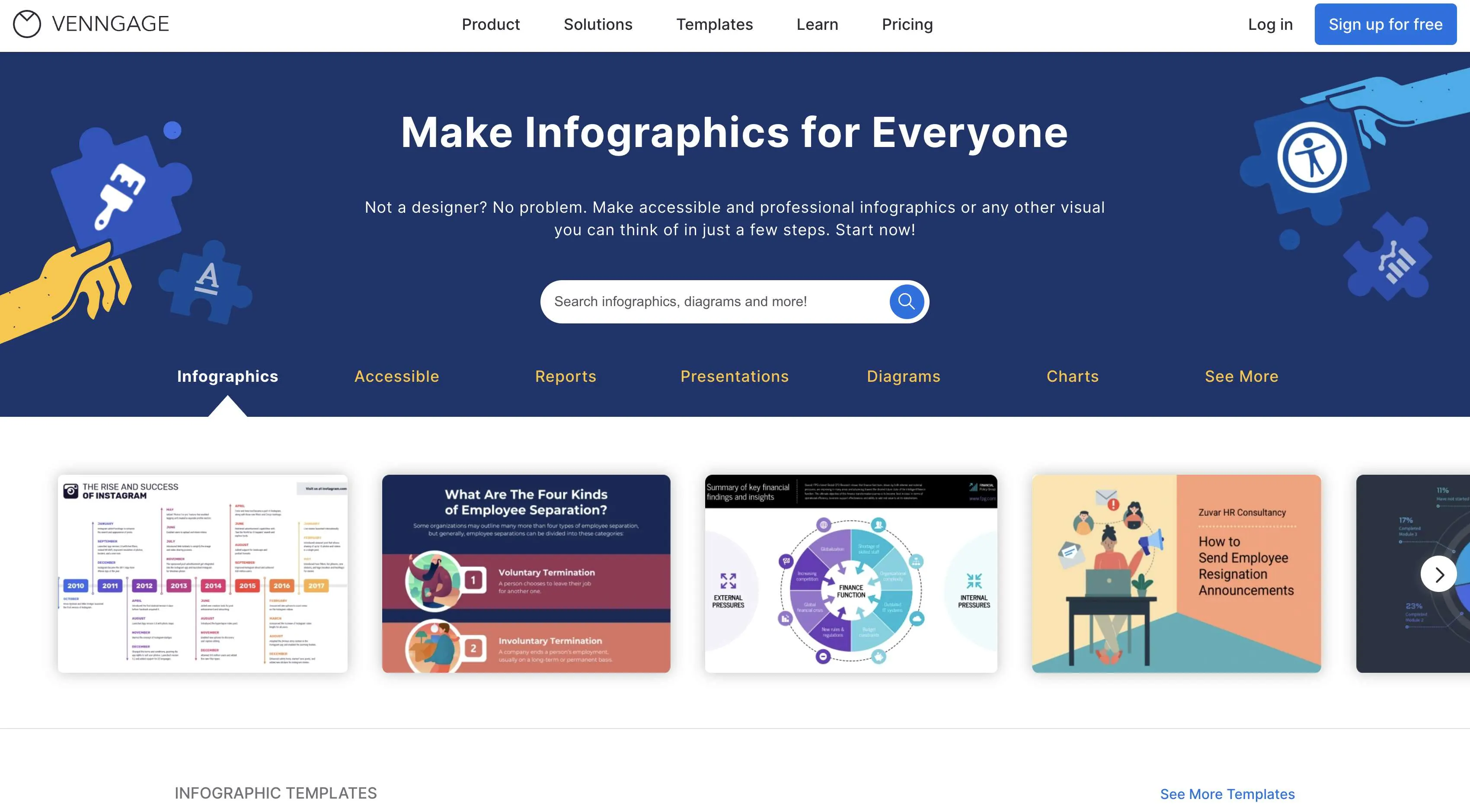How Web Design Affects User Engagement and Conversion Rates
How Web Design Affects User Engagement and Conversion Rates
Blog Article
Just How Effective Website Design Can Boost Customer Experience and Conversions
In the progressively competitive digital landscape, effective website design plays a crucial duty in boosting customer experience and driving conversions. By concentrating on user-centric principles, such as clear content hierarchies and user-friendly navigation, services can produce appealing systems that not just draw in site visitors however likewise assist in seamless interactions. As we explore the crucial elements that contribute to successful web layout, it becomes evident that the influence on user fulfillment and conversion prices is extensive. Comprehending these dynamics may uncover strategies that can change exactly how individuals engage with your site.
Importance of User-Centric Style
In the world of website design, prioritizing user-centric style is vital for creating effective electronic experiences. This method concentrates on comprehending the requirements, preferences, and behaviors of customers, making certain that digital interfaces are obtainable and intuitive (Web design). By incorporating individual feedback right into the design procedure, internet designers can craft experiences that reverberate with their target audience, ultimately leading to raised engagement and complete satisfaction
User-centric design stresses functionality, which is vital for maintaining individuals and reducing bounce rates. When users can navigate a web site easily, they are most likely to explore its web content and exchange customers. Furthermore, a user-centered approach promotes trust fund and trustworthiness, as customers feel that their needs are valued and addressed. This not just enhances their experience however likewise motivates brand name commitment.

Trick Components of Effective Layout
Reliable layout works as the backbone of user-centric website design, translating individual needs into aesthetic frameworks that facilitate communication. An efficient format focuses on material with a clear pecking order, assisting individuals' eyes to crucial details initially. This power structure is commonly developed utilizing size, color, and spacing, making sure that essential components stick out.
An additional crucial element is the usage of whitespace, which protects against congestion and improves readability. Web design. Whitespace allows components to breathe, making the overall layout show up cleaner and simpler to browse. In addition, uniformity in design components, such as colors and font styles, fosters knowledge and trust fund, making it possible for users to browse the website with better convenience
Grid systems can also be important, supplying a framework that straightens material logically and cosmetically. This positioning boosts the individual experience by creating a structured aesthetic flow. Furthermore, adaptability in layout-- like receptive layout-- makes sure that websites execute well across numerous devices, dealing with varied user choices.
Inevitably, an efficient layout not just mesmerizes customers but also motivates them to involve even more deeply, inevitably driving conversions and satisfying business goals. By concentrating on these essential aspects, designers can create formats that reverberate with users and enhance their general experience.
Navigational Finest Practices
Clear and intuitive navigation is crucial for improving individual experience on an internet site. A well-structured navigation system permits customers to locate details quickly, which Read Full Report directly influences their complete satisfaction and chance of conversion - Web design. Applying an ordered framework is crucial; utilize groups and subcategories that logically team relevant web content, making it less complicated for site visitors to discover
Uniformity in navigation aspects is likewise crucial. Guarantee that links, food selections, and switches keep harmony stylishly, color, and positioning across all pages, giving customers with a familiar framework as they browse. Furthermore, utilize descriptive tags for navigation items. Rather of generic terms, go with clear tags that properly reflect the content, aiding customers in making educated decisions.

Mobile Responsiveness and Ease Of Access

Accessibility, on the various other hand, concentrates on making sites usable for people with impairments. This consists of sticking to standards such as the Internet Material Ease Of Access Standards (WCAG), which attend to issues like shade contrast, message dimension, and keyboard navigating. By carrying out these standards, internet designers can create comprehensive experiences that provide to a wider audience, thus enhancing customer engagement and satisfaction.
Additionally, mobile responsiveness and accessibility not only improve user experience however additionally favorably effect online search engine positions. Online search engine prioritize obtainable and mobile-friendly sites, making them a lot more most likely to show up in pertinent search results. Consequently, investing in these elements of website design not just fulfills customer demands yet also adds to general company success with boosted presence and boosted conversion prices.
Determining Success With Analytics
Tracking individual communications and habits with analytics is essential for examining the success of a web site. By leveraging devices such as Google Analytics, businesses can gather crucial information that discloses just how customers involve with their website. Metrics such as bounce rates, typical session duration, and conversion rates offer insights right into individual habits and can highlight locations for renovation.
Recognizing customer demographics and website traffic resources better enhances a site's effectiveness. This data allows web developers to tailor content and style aspects to much better meet the demands of their target audience. In addition, tracking particular user journeys aids determine possible traffic jams in the conversion channel, allowing services to optimize their website click for more info design accordingly.
A/B screening different design elements can provide concrete evidence of what reverberates with users, permitting for educated choices based on real-world efficiency. Inevitably, gauging success with analytics not only boosts user experience yet likewise drives conversions, making certain that web layout efforts line up with company objectives.
Conclusion
Finally, effective web layout plays a crucial function in enhancing user experience and driving conversions. By focusing on user-centric principles, applying key format components, and making sure intuitive navigating, sites can involve a diverse audience. Mobile responsiveness and ease of access more add to a smooth interaction for all users. Ultimately, gauging success via analytics enables for continuous renovation, making sure that design approaches continue to be aligned with customer needs, consequently cultivating business growth and success.
In the significantly affordable electronic landscape, see post reliable web layout plays a crucial function in boosting customer experience and driving conversions. By incorporating customer feedback right into the layout process, internet developers can craft experiences that reverberate with their target audience, inevitably leading to raised engagement and fulfillment.
Eventually, the significance of user-centric design exists in its ability to create meaningful interactions that drive conversions and foster long-lasting partnerships with users, making it an important part of effective internet layout techniques.
Ultimately, measuring success via analytics not only improves individual experience however also drives conversions, making sure that web design initiatives align with business objectives.In verdict, effective internet design plays a pivotal duty in enhancing individual experience and driving conversions.
Report this page